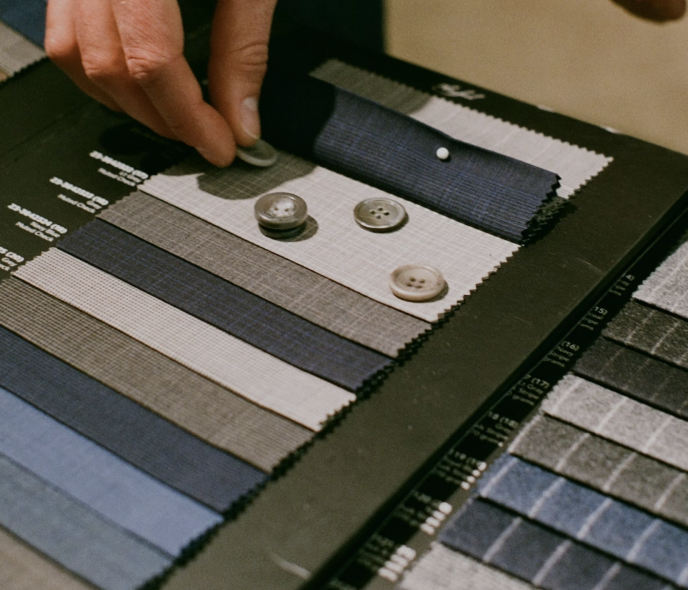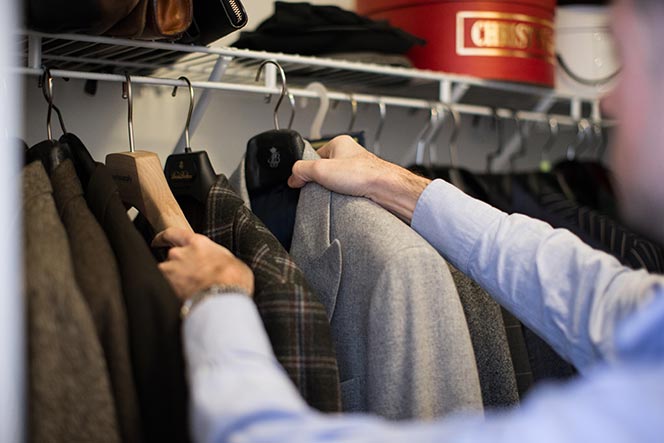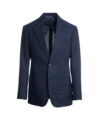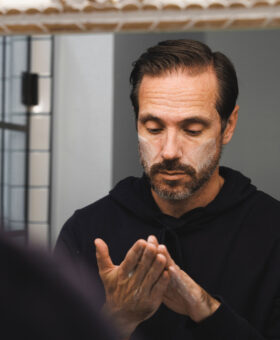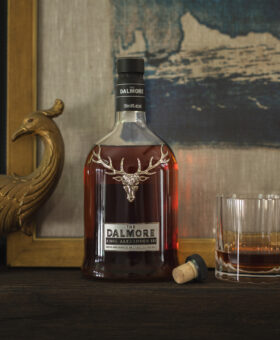

Share
In an age where premium denim has found its way beyond high fashion and heritage brands and can be found widely across the globe, it’d be a surprise if any menswear fan hadn’t heard of selvedge denim (or selvage, depending who you ask). That said, like so many buzzwords, it can be helpful to know just what that term refers to.
So what is selvedge denim?
The term is actually vaguely self-explanatory, especially once you expand the word to its original form: ‘self-edge.’ Yes, selvedge actually refers to the edges of the fabrics used in constructing those premium jeans.
Where most fabric is woven into wide swaths and then cut down to size, selvedge denim is actually woven to size. So instead of sliced up edges that are more prone to fraying, the edges of selvedge denim jeans are formed by looping weft threads back at the end of each row to create that ‘self-edge.’
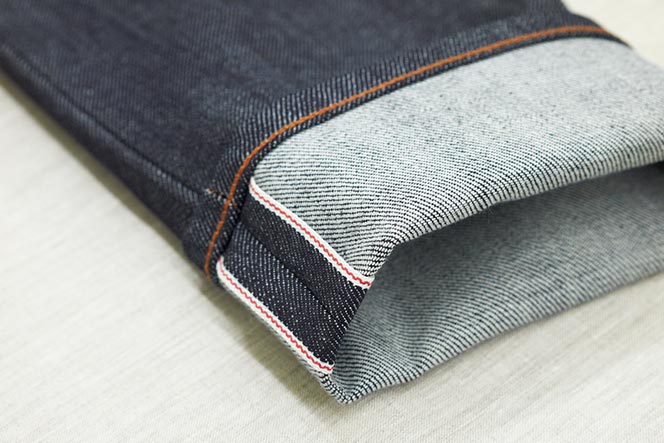
Now, as I mentioned, a selvedge seam is theoretically less likely to fray over time, which does indicate a higher quality to some extent. However, many people will claim that difference to be negligible. That’s not to say that selvedge denim isn’t higher quality – but rather that the high quality doesn’t come from the selvedge seams themselves.
Instead, selvedge used to be a great indicator of quality due to the limited availability of the looms needed to make selvedge fabric. A brand wouldn’t have the equipment to create selvedge fabrics unless they were serious about the game.
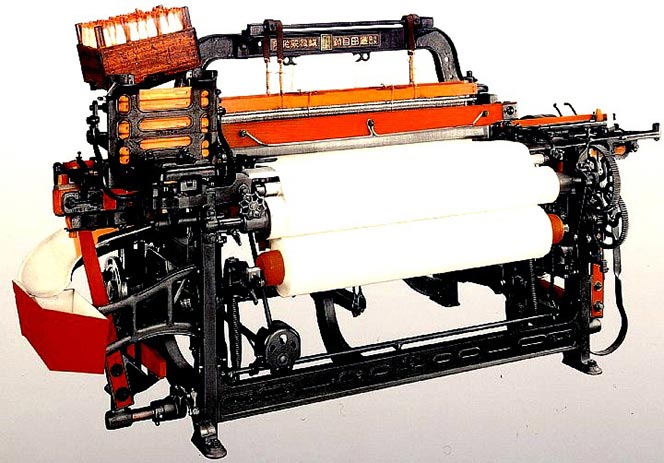
The Toyoda Type-G Automatic Loom
These days, that’s all changed, and selvedge looms are far easier to come by. Whereas you used to have to spend in excess of $150 at a specialty store, you can now snag a pair at Uniqlo for closer to $50. And Uniqlo is far from the only affordable selvedge denim retailer out there.
It’s also worth noting that selvedge denim is not the same thing as raw denim.
While selvedge denim and raw denim do often come hand-in-hand, it’s become more and more of a possibility to purchase raw denim that isn’t selvedge – or selvedge denim that isn’t raw, but rather faded or washed. [Stay tuned for an in-depth look at raw denim. Ed.]
All that aside, there’s definitely something to be said, sartorially, for the crisp look of a selvedge ID – that characteristic stripe of a selvedge denim outseam – on an upturned cuff. It’s to the point now where brands are making shirts and other garments with selvedge finishing.
Despite the widespread availability of selvedge denim these days, it still suggests an appreciation for classic manufacturing and an attention to detail that’s worth being proud of.
Thanks for reading.
Stylishly Yours,
Adam Lehman
He Spoke Style





